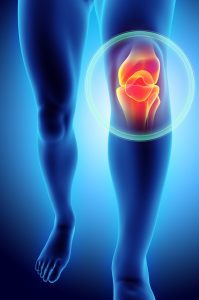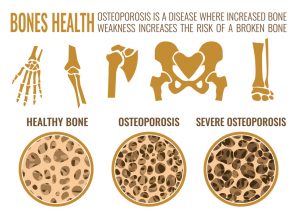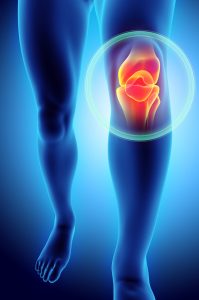Most of the time when people looking to lose weight, they are thinking about fat loss and gaining muscle mass. Let’s talk about what happens when you reach your goal weight or are happy with your current weight. The time and energy put into reaching your goal are very important; in order to maintain your goal weight, an equal amount of work still needs to be put forth.
You have worked so hard to get to this goal weight and sometimes it’s a little difficult to change the diet you were keeping and not go back up in weight. Also, look at the exercise side of things- if you were working out 7 days a week to hit your goal, that may not realistic for your everyday life. It might take time in order to find what works best for you, but the great thing about being at a point where you are healthy and happy with yourself, is you don’t have to work quite as hard to maintain. These changes have become a part of your lifestyle and sticking with a balanced diet and regular exercise will allow you to remain healthy. By continuing to be mindful, you are less likely to lose track and eat poorly – you would not want to fall in reverse with your health and fitness.
Keep in mind that keeping a healthy, balanced diet is half of the weight loss battle. As for exercise, 3 days a week minimum should be enough to maintain your weight as long as you get a quality workout in. if you have an occasional week where you only work out once, you will not gain weight as long as you are living a healthy lifestyle. This means walking a little more during everyday activities, eating smart, and continuing to make healthy decisions everyday.
Throughout your journey to your goal weight, the healthy lifestyle habits are the habits you want to always maintain. Adapting this lifestyle for the long term will allow you to lead an overall healthier life- not solely for weight reasons, but for health concerns, too.
By Corynne Duprey








